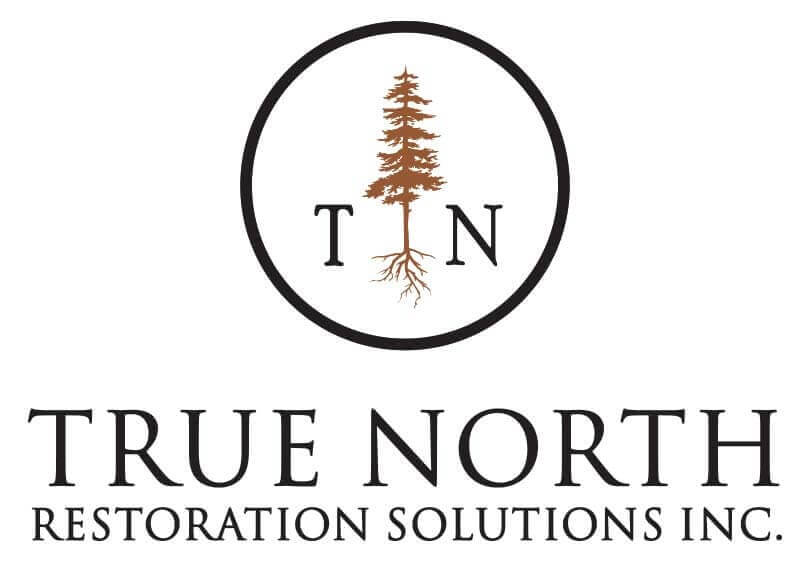Log Home Inspection: A Comprehensive Step-by-Step DIY Guide
Log homes exude rustic charm and timeless beauty that capture the essence of Ontario’s natural landscapes. However, like any structure, log homes require regular maintenance to ensure their longevity and structural integrity. Conducting a thorough log home inspection is a crucial aspect of this maintenance routine. In this guide, we will walk you through a step-by-step process for conducting a DIY log home inspection in Ontario, emphasizing the importance of early detection and highlighting how log cabin repair can save you from more extensive damage down the road.
Assemble Your Tools
Before you begin your log home inspection, gather the necessary tools. You’ll need a notebook, a camera or smartphone for documentation, a flashlight for checking dark corners, a moisture meter to identify damp areas, and a pair of binoculars to assess hard-to-reach areas.
Exterior Inspection
- Roof and Eaves: Start at the top by examining the roof and eaves for damaged or missing shingles. Inspect the eaves for signs of water damage or rot, as these areas are particularly susceptible to moisture accumulation.
- Log Walls: Carefully inspect the log walls for cracks, splits, or decay. Pay close attention to the bottom logs, as they are most exposed to moisture from the ground.
- Chinking and Sealing: Check the chinking and sealing between the logs. Look for gaps or cracks that could allow moisture or pests to infiltrate. Log home chinking and sealing are crucial for maintaining energy efficiency and preventing water damage.
- Windows and Doors: Inspect windows and doors for proper seals, functionality, and any signs of water infiltration. Damaged or improperly sealed openings can lead to moisture-related issues.
- Foundation: Examine the foundation for any settling or shifting. Ensure that the area around the foundation is properly graded to direct water away from the structure.
Interior Inspection
- Check for Moisture: Use a moisture meter to assess the moisture levels on interior walls. High moisture readings can indicate leaks or excessive humidity, which can lead to mold and rot.
- Inspect Support Beams and Pillars: If your log home has visible support beams and pillars, examine them for signs of sagging or damage.
- Look for Stains: Search for any water stains or discolouration on walls and ceilings. These could indicate leaks or problems with the roof or walls.
- Assess Insulation: If accessible, inspect the insulation for moisture, mold, or pest infestations. Proper insulation is crucial for energy efficiency and for preventing moisture-related issues.
Documentation and Evaluation
- Take Notes and Photos: As you inspect, take detailed notes and photographs of any issues you discover. This documentation will be valuable for future reference and for discussing concerns with professionals if needed.
- Severity Assessment: Evaluate the severity of any issues you’ve identified. Determine whether the issue requires immediate attention or if it can be addressed during regular maintenance.
Log Cabin Repair Considerations
- Addressing Minor Issues: For minor issues such as small cracks or gaps in the chinking, you may be able to handle the repairs yourself. Research and gather the necessary materials and follow proper techniques to ensure effective repairs.
- Consulting Professionals: For more significant issues like extensive rot, structural damage, or issues requiring specialized skills, it’s advisable to consult professionals experienced in log cabin repair. They can provide expert assessments and implement solutions to prevent further deterioration.
Regular Maintenance Plan
Based on your inspection findings, create a maintenance plan that outlines necessary repairs and preventive measures. Regularly monitoring and addressing issues will help you maintain the beauty and integrity of your log home in Ontario.
Log Home Inspection Summary
Conducting a DIY log home inspection in Ontario is a proactive approach to preserving your log home’s charm and structural soundness. By following this step-by-step guide, you can identify potential issues early, allowing you to take corrective action before they escalate into more extensive and costly problems. Remember, while some repairs can be handled independently, it’s crucial to seek professional assistance for complex log cabin repair needs to ensure the best possible outcome. By investing time and effort into regular inspections and maintenance, you’ll be able to enjoy your Ontario log home for years to come, surrounded by its timeless allure and the beauty of the natural surroundings.
